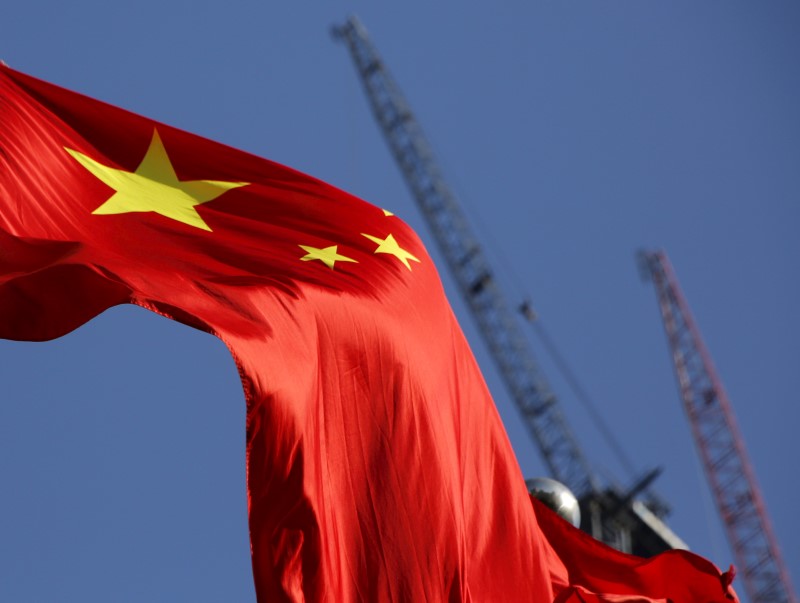
© Reuters.
USD/CNY
+0.17%
Add to/Remove from Watchlist
Add to Watchlist
Add Position
Position added successfully to:
Please name your holdings portfolio
Type:
BUY
SELL
Date:
Amount:
Price
Point Value:
Leverage:
1:1
1:10
1:25
1:50
1:100
1:200
1:400
1:500
1:1000
Commission:
Create New Watchlist
Create
Create a new holdings portfolio
Add
Create
+ Add another position
Close
USD/CNH
+0.20%
Add to/Remove from Watchlist
Add to Watchlist
Add Position
Position added successfully to:
Please name your holdings portfolio
Type:
BUY
SELL
Date:
Amount:
Price
Point Value:
Leverage:
1:1
1:10
1:25
1:50
1:100
1:200
1:400
1:500
1:1000
Commission:
Create New Watchlist
Create
Create a new holdings portfolio
Add
Create
+ Add another position
Close
By Ambar Warrick
Investing.com– Chinese manufacturing activity unexpectedly shrank in October, data showed on Monday, amid new disruptions from COVID-related lockdowns and a slowdown in global demand for exports from the country.
The official purchasing managers index (PMI) read 49.2 in October, missing expectations of 50.0 and also falling below September’s reading of 50.1, data from the China Logistics Information Centre showed.
A reading below 50 indicates contraction. Manufacturing PMI is now back in contraction territory after unexpectedly rising in September.
China’s non-manufacturing PMI also contracted in October, reading 48.7 for the month- substantially below expectations of 50.2 and September’s reading of 50.6.
This resulted in China’s composite PMI, which gauges overall business activity in the country, reading 49.0 for October- its first contraction since May.
The weak data marks a sluggish start to the fourth quarter for the world’s second-largest economy, and suggests that a third-quarter rebound in economic growth was likely fleeting.
The introduction of new COVID-related curbs in Shanghai and other major industrial hubs was likely the biggest driver of the reading. The Chinese economy is struggling to navigate a series of strict COVID lockdowns this year, which have severely hampered growth.
Beijing recently reiterated its support for its strict zero-COVID policy, heralding little relief for Chinese businesses.
Recent COVID outbreaks in industrial hubs such as Chengdu and Wuhan have already attracted new curbs on movement. A worsening of cases is likely to spur stricter controls.
But in addition to disruptions in production, Chinese manufacturers also have to contend with slowing global demand for local exports. The country saw a steady decline in exports this year as rising inflation and interest rates cooled manufacturing activity across the globe.
Weakening prospects for the manufacturing sector are likely to spur more stimulus measures by Beijing to support economic growth. The government has so far rolled out new infrastructure projects and also loosened monetary conditions to help the economy.
This has weighed on the Chinese yuan, with the currency now trading near its weakest levels since the 2008 financial crisis. The offshore yuan hit a record low against the dollar in October.
Source: Investing.com


























